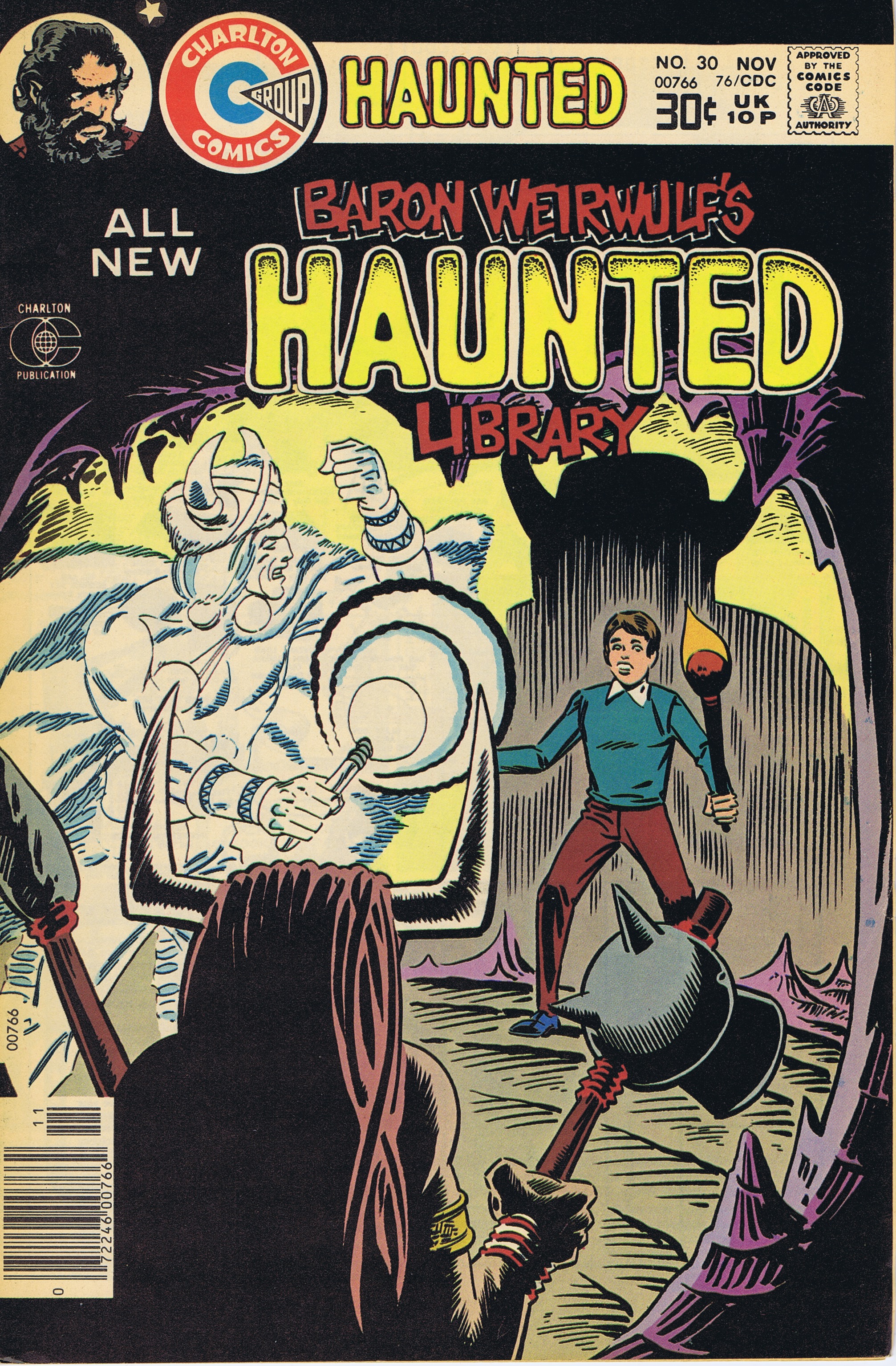

Moved the “The Winners” section to the top of the page.Added an “Editor’s Note” to the top of the article.Looking at the page today, we can immediately see that they have made some dramatic changes to the page:īy reviewing the existing page, we can see that they have:

It can be difficult to track these changes.įortunately, the Wayback Machine allows you to understand what types of updates competitors are making to their content.įor example, we can use The Wayback Machine to look at the best cast iron skillet page from Serious Eats on June 27, 2021: For your highest priority keywords, your competitors are likely making frequent updates to their pages to try to improve their visibility.
#The way back machine update
Sites in competitive spaces routinely add or update content. What sections competitors are adding to their pages This is especially useful if the information has been lost during a site migration. Using The Wayback Machine can be an extremely effective way to lookup old versions of your robots.txt file. Looking at the site's current robots.txt file, you can see that the commands have changed: For instance, IBM's robots.txt file looks quite different from what it used to. Using this, you can analyze how the robots.txt has changed over time. Just look at how many times IBM's robots.txt file was crawled in 2012: This can be particularly helpful during a site migration if your robots.txt file has changed and you don't have a version of the original file.įortunately, the Wayback Machine crawls robots.txt files a lot. Finding old robots.txt fileĪnother great use of the Wayback Machine is checking how your robots.txt has changed from previous versions. While this might not be the sole cause of the ranking drops, looking back at the previous content during peak rankings could help them test restoring some of the content to older versions to see if this helps improve visibility. However, in the current version, they have added more content to the introduction, pushed the products below the fold and moved the American Chiropractic Association quote further down the page. The 2020 version included a quote from a chiropractor from the American Chiropractic Association in the introduction and kept the products above the fold. Restoring the content to its original version could help your content regain lost visibility.įor example, NYMag’s “Best Pillows For Neck Pain" article has lost organic visibility since mid-2020 for terms such as “neck support pillow.” This has resulted in organic traffic loss over time.Ĭomparing the page to early 2020, we see that they have changed the content since then. If you're seeing large losses in rankings after changing content, you can check the Wayback Machine to surface previous versions of old pages. This is where the Wayback Machine comes into play. There is always an inherent risk of any content changes, especially if they're significant. This happens for a variety of reasons (e.g., SEO, CRO, site migration or highlighting different aspects of a product). This can be much more efficient for larger sites. By querying the API, you can bulk export legacy URLs. Want to take this to the next level? Read Patrick Stox's article on using the Wayback Machine API to find historical redirects. You can then find URLs to redirect that you would have likely never discovered otherwise. Using the Wayback Machine, it's easy to discover legacy versions of key content from previous site versions. You can quickly find old URLs that were never redirected to live versions.įor example, the "Headphones" page from Bose () from 2003 was never redirected: The Wayback Machine can be a lifesaver here.

It's likely that the stakeholder who managed the site years ago has changed the company or left roles and may not have used SEO best practices during site migrations. This is especially important for sites that have been around for a long time. So it might have access to URL data from 10+ years ago. The Wayback Machine collects information about your site throughout time. One of the most useful ways to use the Wayback Machine is to find historical URLs that have never been redirected. Find legacy URLs from old versions of the site


 0 kommentar(er)
0 kommentar(er)
